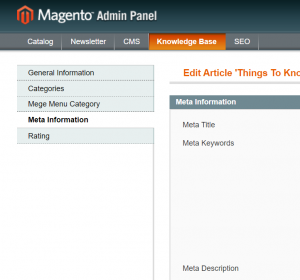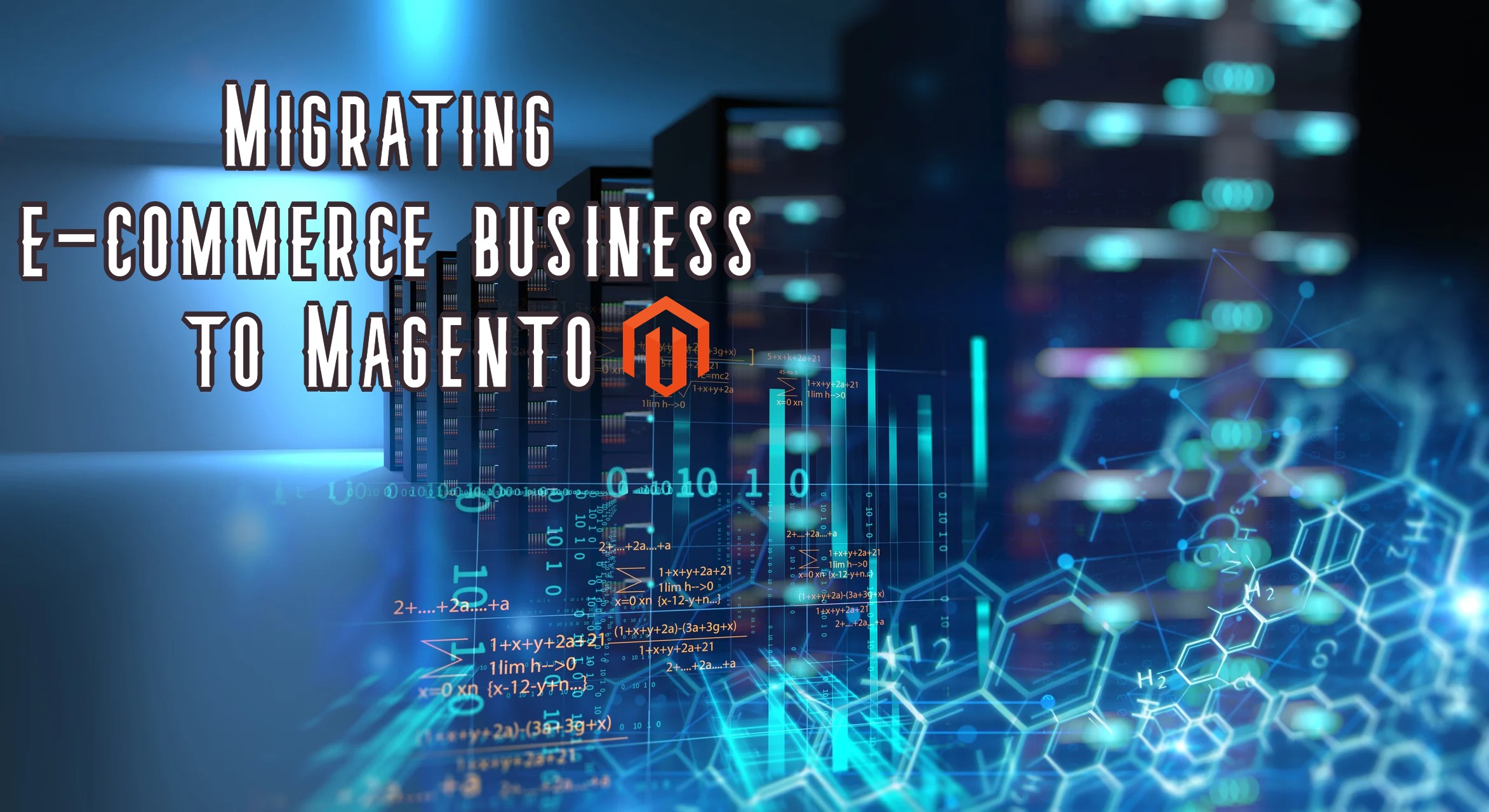In the past few years, on the business front, I have come across a few businessmen who share the same plight as me. Mine is an e-commerce platform that needed some feature up-gradation, especially to adapt to the prevailing social and economic conditions. I failed to find the necessary options to help me install the advanced features that I was hunting for.
Indulging in a lot of research, what we found was something like this: there are many out there who want to migrate from one e-commerce platform to another. The procedure has often caused a lot of stress to business owners, the reason being – your online store might remain unavailable to customers for a long time! This keeps a lot of people from taking the bold step. But they continue facing issues like –
- Lack of punctuality in providing solutions to customers
- Software issues – lack of development options
- Safety issues in the existing platform
Having encountered these issues for long (as I have suffered similarly), you decide to switch platform. As I had known that licensing of the eCommerce platform is an issue, I was in favor of choosing a platform that has an open-source code.
Finally, we decided to migrate our online store to Magento with the help of a professional Magento developer!
Why would you prefer Magento for your e-commerce website?
Be it a start-up concern that is heading to make its first online presence or a giant brand that’s scaling its business with each passing day, Magento is the preferred choice. The reasons for being so, have been jotted down here…
- Multiple store management from a single space
This platform provides store owners with the advantage of managing multiple stores from one dashboard. This common controlling space is more advantageous for big giants who need to handle several controlling heads to run their business. I would suggest start-ups also to harp on this virtue because, in the long run, your business grows and so does your requirement to manage multiple outlets.
- Developer-friendliness is one quality that you can count upon
Magento is written in PHP programming language. So, you can guess how easy it would be to find Magento developers for your next online store! Being developed on PHP you can, in fact, count upon its grounded scalability as well.
- Speed and design optimization facilities
You get a unique experience with the design and loading speed as well. If you’re running a business or planning to start one, for all practical purposes, responsive online stores are much more customer-friendly. Reaching your customers (most of whom rely on their mobile phones and tablets for browsing and shopping) becomes much more flexible!
Optimization techniques available in Magento helps reduce the loading speed of your website to even less than 3 seconds! So, your site automatically gets the chance of scoring high in the SERP (Search Engine Result Page).
- Magento offers you SEO optimization features too
Running a business successfully today involves the application of effective content marketing strategies. On this note, content marketing is one genre of marketing that undergoes frequent changes and up-gradation.
If you are using ‘content’ as a marketing tool, you would be especially interested in this. The SEO optimization features that you are offered here include meta tags, meta keywords, meta descriptions, and so on. The features help in gaining SEO traction for the category pages and individual product pages too!

Let’s Get Started: Building your e-commerce store on Magento from scratch
Your first step would be getting the Magento installation package. Visit the official website of Magento for this. Select ‘Open Source’ from the ‘Products’ category in the menu above. You may get direct access from the search results as shown below:

Once you are ready to get started, download the Open Source package. The contents need to be extracted thereafter, and you can do it in either of the two ways –
- If you want that the installation folder would be your primary domain, the contents need to be extracted to Public_html folder
- If the installation package needs to be within a subfolder, it needs to be extracted to public_html/store/
Your next step comprises uploading to the hosting server. All Magento files need to be mandatorily uploaded to the hosting server. The uploading is to be done either by accessing the cPanel -> File Manager or through the FTP client.
The third step involves creating databases. For database addition also a server host is needed. Two alternative ways are prevalent for this step. The database server may be located on the same host (in case of a local database) or a different host. In the former case, use localhost. In the case of the latter, either the IP address or the hostname needs to be entered.
Using credentials for database access is of utmost importance. Your database needs to be positively secured with a username and password. Although the password field is optional, using password security is highly advisable.
The creation of Product categories and sub-categories should be your fourth step. The unique benefit that Magento provides you with is the creation of as many categories and sub-categories as desired!
The steps to be followed for category creation are as follows:
- Go to Admin Panel -> Categories
- Select the root category
- Under the root category add category and subcategories
Your preliminary job is done. After this, you can edit certain information fields like description, keywords, image, activation status, and others. Once done, you can just click on the ‘save category’ and your job (up to this stage) is done.
The last two steps that you are left with is the configuration of the shipping methods and payment methods.
Multiple shipping methods are allowed by this platform to a store owner. The options may range from flat rates to free shipping to table rates and even online rates! Payment options can be varied too. The steps to configuring both these methods have been jotted down here.
Steps to configure shipping method:
- Go to Settings -> Configuration -> Sales -> Shipping settings
- Fill up the required fields about location, enabling or disabling shipping to multiple addresses, configure the shipping price according to table rates, online rates, or the dimensional weight, etc.
- Click on save to get the changes done to appear on the frontend
Steps to configure Payment methods:
- To get into the ‘payment methods’ section, you proceed this way: System -> Configuration -> Sales -> Payment Methods
- Enable the credit card method
- Select your preferred card choices
- Setting up security options following this is crucial. Security codes, 3D secure card options, etc. are your choices to select from
- Save the changes
This article can act only as a preliminary guide to let you know why you should opt for Magento. This is indeed much less of a tutorial which actually needs to be much more comprehensive. The best way to set up your online store, make it customized and market-ready is to hire a professional Magento developer. He or she would be adept at applying the several backend configurations and programming details of this platform. This would help you get the job done smoothly.
Today, it’s not just important to make an online presence; you actually need to make a mark in this extremely competitive marketing segment!

